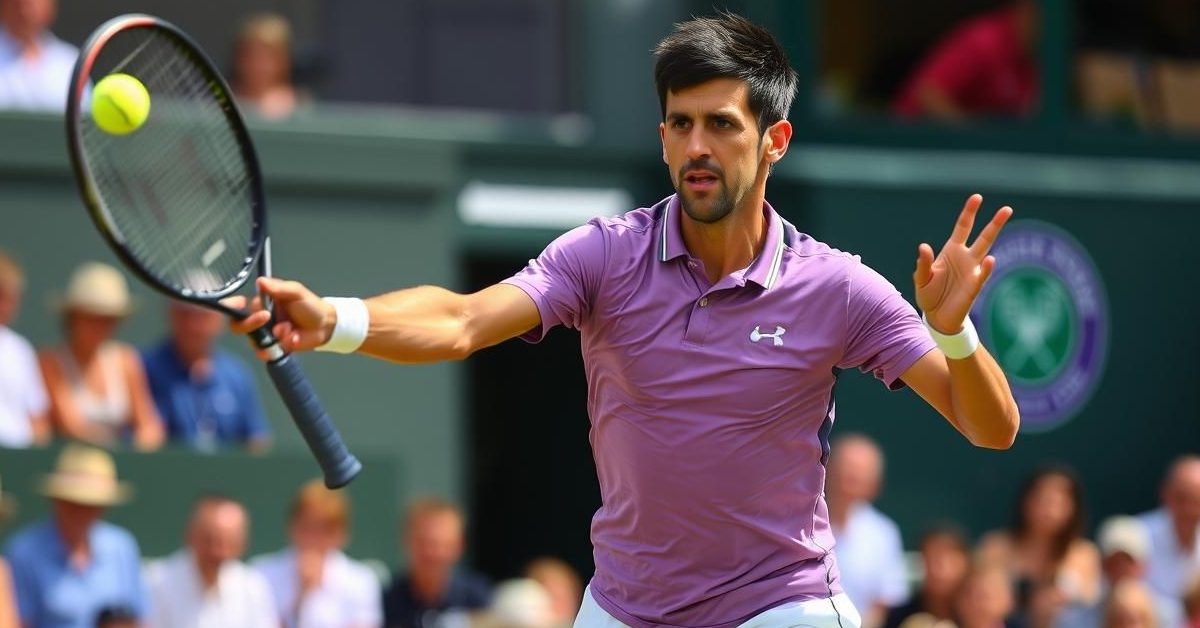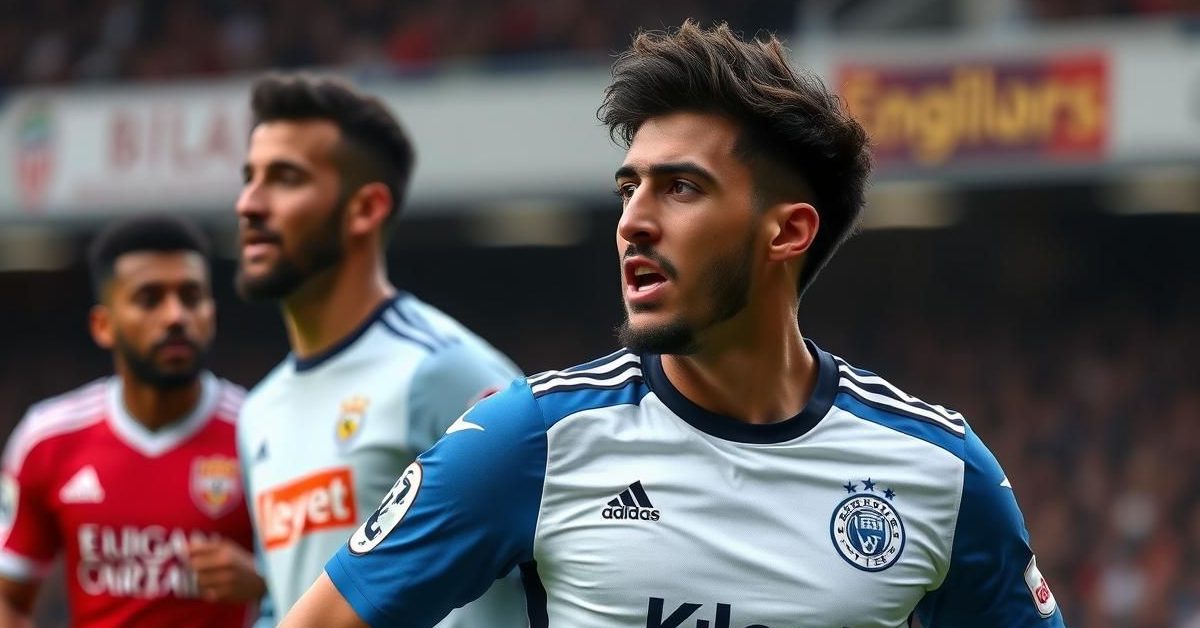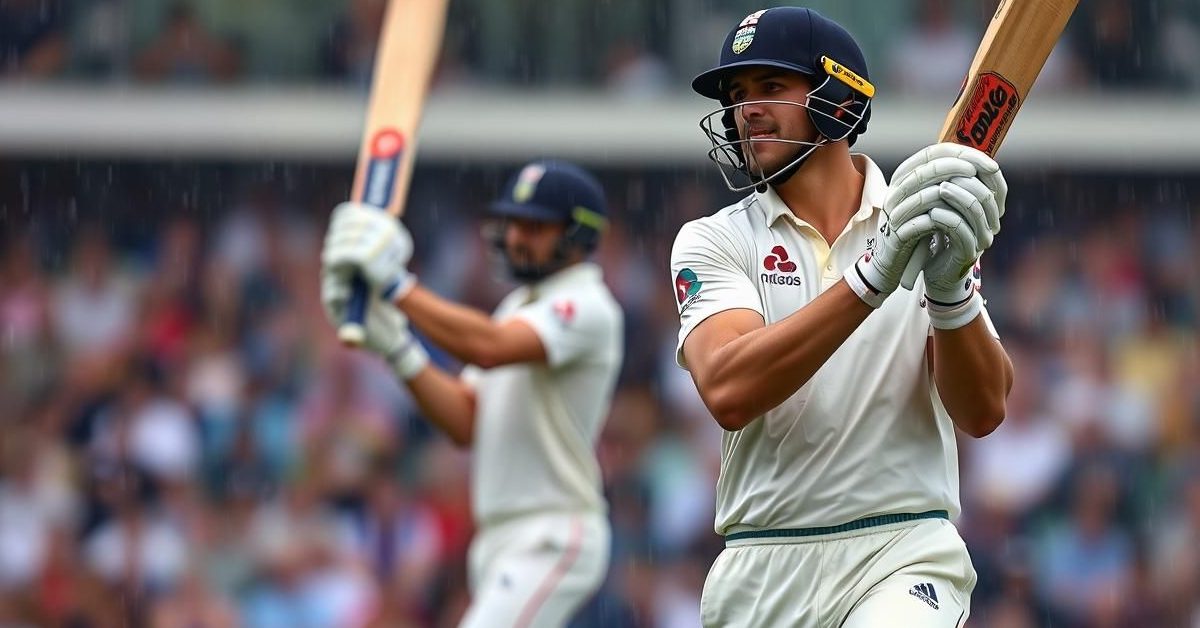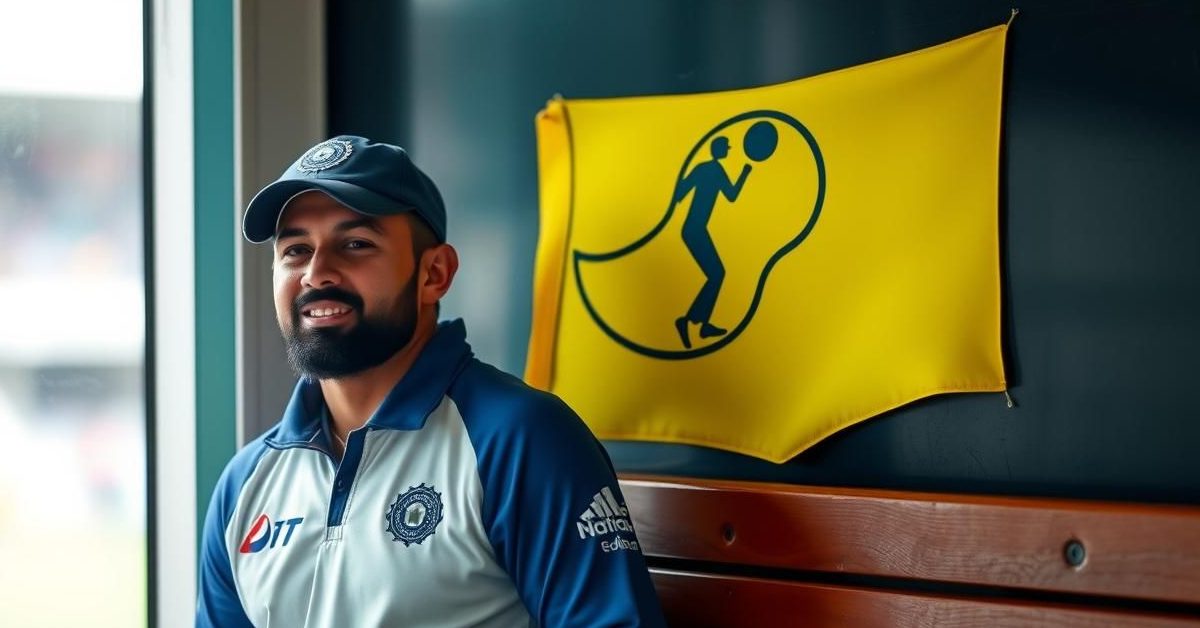Novak Djokovic is set to face Jannik Sinner in a highly anticipated Wimbledon semifinal, a rematch of their recent French Open clash where Sinner triumphed.
A Grudge Match on the Grass
Just over a month ago, Novak Djokovic suffered a tough straight-sets loss to Jannik Sinner at the French Open. After that defeat, a rare moment of doubt, Djokovic hinted that Wimbledon might be his best shot at another Grand Slam title.
Now, his prediction faces the ultimate test. Djokovic has battled through the early rounds, showing his characteristic resilience to reach his 14th Wimbledon semifinal and 52nd Major semi overall. Standing across the net once again will be the current World No. 1, Jannik Sinner.
Sinner’s Dominance and Djokovic’s Quest
Djokovic, aiming for a record-extending 25th Grand Slam, seems to have regained confidence in his game and tactics. Sinner, meanwhile, arrives with the intimidating aura of a player who has dominated the tour recently.
Despite his recent success, Sinner had a close call in the French Open final, losing to Carlos Alcaraz. He also benefited from a retirement in his Wimbledon fourth round match. However, his quarterfinal victory over Ben Shelton in straight sets suggests he is physically ready.
Their head-to-head record is fascinating: Sinner leads 5-4, with Grand Slam wins split 2-2. Djokovic has won both their previous Wimbledon encounters, including a comeback from two sets down. But critically, Sinner has won their last four meetings, dating back to November 2023. So, how can Djokovic turn this recent tide?
Taking Sinner Out of His Comfort Zone
Forward, Not Backwards
Both Djokovic and Sinner are known as aggressive baseliners, hugging the baseline and striking the ball early. They are also elite returners, covering the court with impressive agility.
Sinner’s power from the baseline has often overwhelmed Djokovic’s precision recently. At the French Open, Djokovic won a mere 42% of baseline points, an unusual stat for the Serb. This highlights that Djokovic’s primary strategy must be to disrupt Sinner’s rhythm from the back of the court.
Grass courts inherently favor variety over pure baseline slugfests, which plays into Djokovic’s strengths. While Sinner can execute slices, volleys, and drop shots, they aren’t his natural style. Djokovic, with his famously complete game, needs to move Sinner around the court – both sideways and forwards – by constantly mixing up his shots.
Shortening the Points
Controlling the Controllables
Djokovic has expressed more concern about the physical demands of this match than the tactical ones. This means he absolutely must avoid long, grinding rallies against Sinner, who excels in those battles.
To shorten points, Djokovic needs to improve his serve. It has been uncharacteristically loose, leading to eight breaks in his last two matches. If he can lock in his first serve, he’ll not only create more break point opportunities but also gain confidence in tiebreakers.
His returns also need to be more aggressive. Simple block returns won’t trouble Sinner, especially given the Italian’s powerful forehand this tournament. Djokovic must rediscover his ability to find crafty angles and deep returns, applying immediate pressure.
- Djokovic needs to avoid long baseline rallies against Sinner’s power.
- He must utilize his full range of shots to move Sinner and introduce variety.
- Improving his first serve and making aggressive, deep returns are crucial.
For Novak Djokovic to overcome Jannik Sinner, he will need to tap into both his classic brilliance and perhaps some newly refined tactics on the grass.













